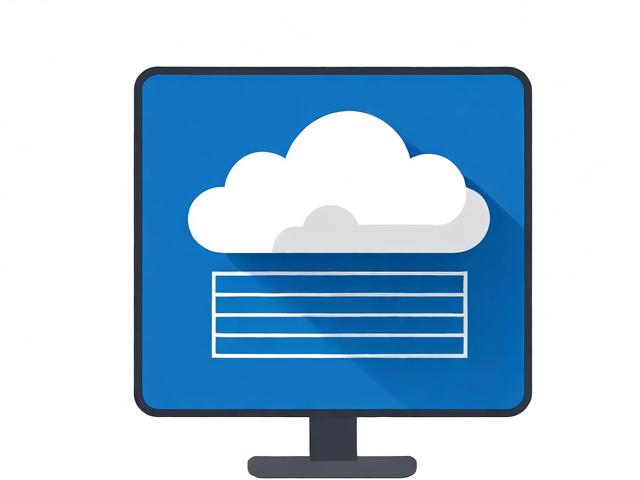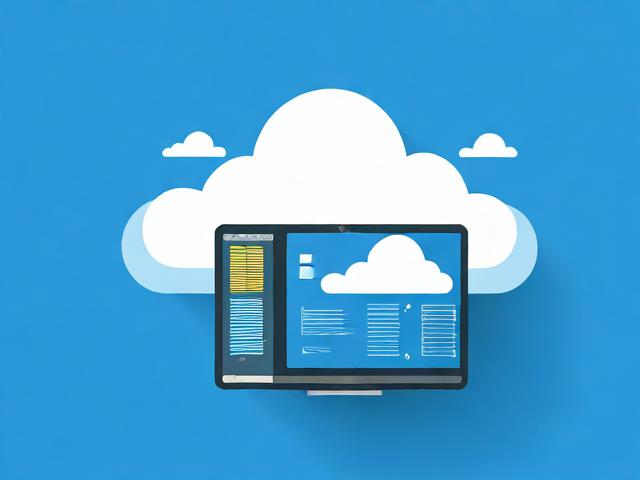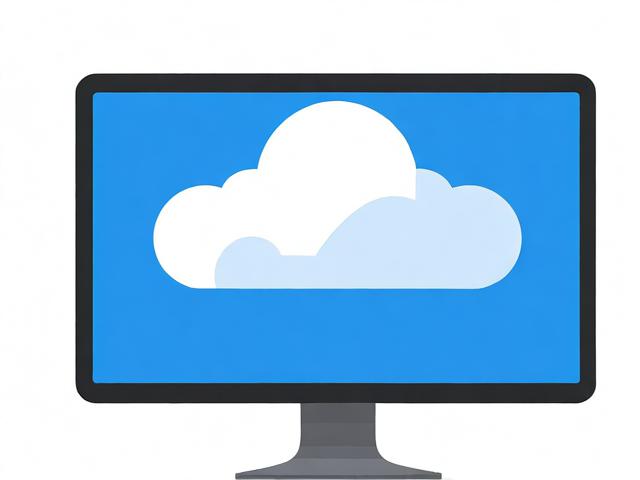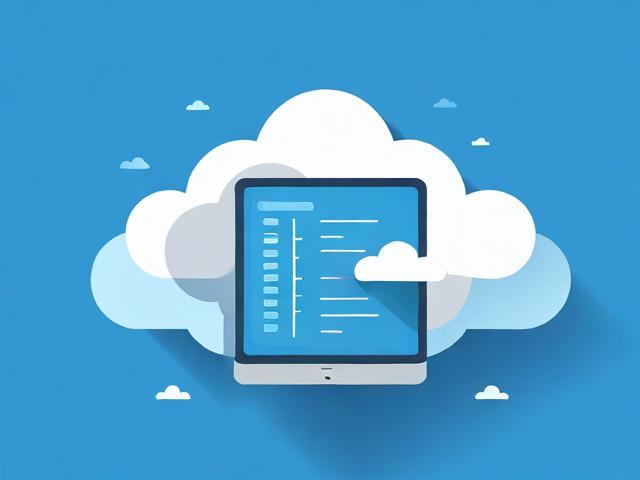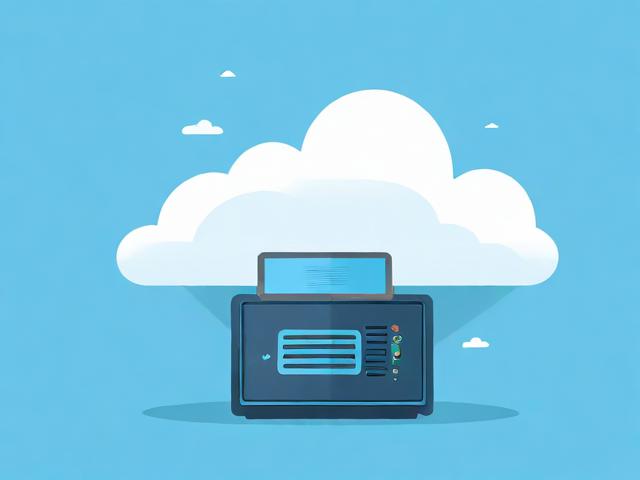如何在C中实现网络映射盘符的自动挂载?
- 行业动态
- 2025-01-29
- 4
在C#中,打开网络映射盘符可以通过多种方式实现,以下是一些常见的方法:
1、使用System.Diagnostics.Process类:
通过调用Windows的net use命令来映射网络驱动器,以下是一个示例代码:
using System;
using System.Diagnostics;
class Program
{
static void Main()
{
string networkPath = @"\servershare";
string localDrive = "Z:";
string username = "your_username";
string password = "your_password";
try
{
ProcessStartInfo startInfo = new ProcessStartInfo("cmd.exe");
startInfo.Arguments = $"/c net use {localDrive} "{networkPath}" /user:{username} {password}";
startInfo.RedirectStandardOutput = true;
startInfo.RedirectStandardError = true;
startInfo.UseShellExecute = false;
startInfo.CreateNoWindow = true;
using (Process process = new Process())
{
process.StartInfo = startInfo;
process.Start();
// 读取输出和错误信息(可选)
string output = process.StandardOutput.ReadToEnd();
string error = process.StandardError.ReadToEnd();
if (!string.IsNullOrEmpty(error))
{
Console.WriteLine("Error: " + error);
}
else
{
Console.WriteLine("Network drive mapped successfully. Output: " + output);
}
}
}
catch (Exception ex)
{
Console.WriteLine("An error occurred: " + ex.Message);
}
}
} 上述代码中,首先定义了网络路径、本地驱动器盘符、用户名和密码,然后创建一个ProcessStartInfo对象,设置其参数为net use命令以及相应的参数,最后启动进程执行该命令,如果成功,会输出“Network drive mapped successfully.”,否则会输出错误信息。
2、使用WNetAddConnection2函数:
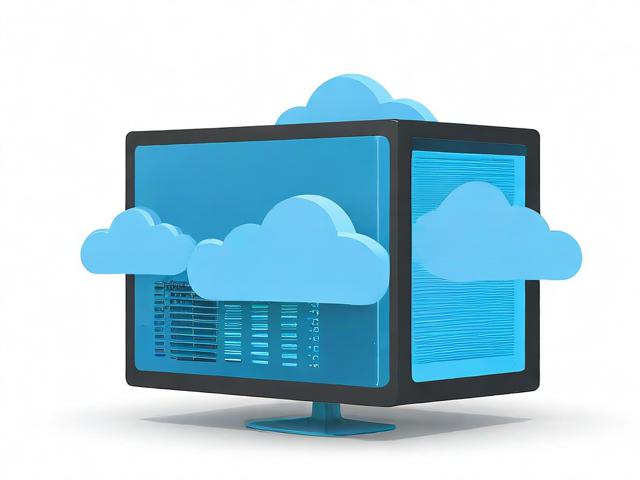
这是Windows API中的一个函数,可以更灵活地控制网络连接,首先需要引入相关的命名空间和P/Invoke声明:
using System;
using System.Runtime.InteropServices;
using System.Text;
class Program
{
[DllImport("mpr.dll")]
private static extern int WNetAddConnection2(IntPtr hWNet, NetResource netResource, string password, string blob, string blobSize);
[StructLayout(LayoutKind.Sequential)]
private struct NetResource
{
public int dwScope = 0;
public int dwType = 0;
public int dwDisplayType = 0;
public int dwUsage = 0;
public string lpLocalName = "";
public string lpRemoteName = "";
public string lpComment = "";
public string lpProvider = "";
}
private const int RESOURCETYPE_DISK = 0x00000001;
static void Main()
{
string networkPath = @"\servershare";
string localDrive = "Z:";
string username = "your_username";
string password = "your_password";
NetResource nr = new NetResource();
nr.dwType = RESOURCETYPE_DISK;
nr.lpLocalName = localDrive;
nr.lpRemoteName = networkPath;
nr.dwScope = 0; // RESOURCE_GLOBALNET
nr.dwType = RESOURCETYPE_DISK;
nr.dwDisplayType = 0; // RESOURCEDISPLAYTYPE_SHARE
nr.dwUsage = 0; // RESOURCEUSAGE_CONNECTABLE
int result = WNetAddConnection2(IntPtr.Zero, nr, password, username, 0);
if (result == 0)
{
Console.WriteLine("Network drive mapped successfully.");
}
else
{
Console.WriteLine("Failed to map network drive. Error code: " + result);
}
}
} 在这个示例中,定义了一个NetResource结构体来表示网络资源,并设置了相关属性,然后调用WNetAddConnection2函数进行网络驱动器的映射,如果返回结果为0,则表示映射成功,否则输出错误代码。
3、使用第三方库:
有一些第三方库可以帮助简化网络驱动器映射的操作,例如Impero.Core等,但使用第三方库可能需要额外的安装和配置,并且可能存在一定的安全风险,所以在使用时需要谨慎评估。

以下是两个相关问题及解答:
1、问题:为什么在使用System.Diagnostics.Process类映射网络驱动器时,需要将UseShellExecute属性设置为false?
解答:将UseShellExecute属性设置为false是为了确保进程以非交互模式运行,不显示命令提示符窗口,如果不设置为false,可能会弹出命令提示符窗口,影响用户体验,以非交互模式运行可以提高程序的稳定性和可维护性。
2、问题:使用WNetAddConnection2函数映射网络驱动器时,如何判断是否已经存在相同的网络驱动器映射?
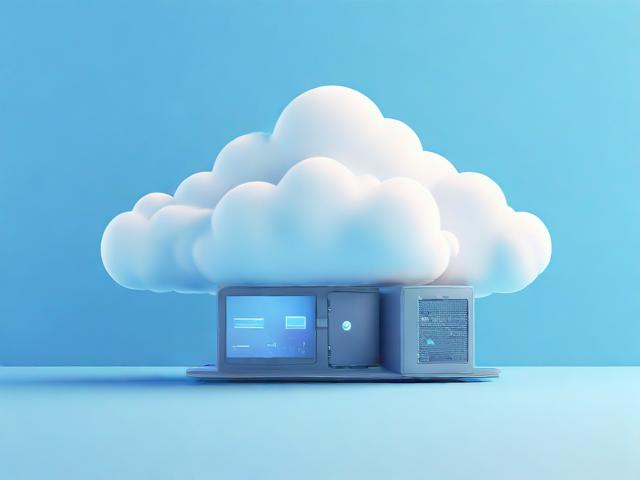
解答:在使用WNetAddConnection2函数之前,可以先检查系统已存在的网络驱动器映射,可以使用Windows API中的WNetGetConnection函数获取指定本地驱动器的网络连接信息,然后根据返回的结果判断是否存在相同的网络驱动器映射,如果存在,可以根据具体需求选择是否覆盖或提示用户。
小编有话说:在C#中打开网络映射盘符有多种方法可供选择,开发者可以根据自己的需求和项目的实际情况选择合适的方法,使用System.Diagnostics.Process类相对简单直接,适合初学者;而使用WNetAddConnection2函数则提供了更底层的控制,但需要对Windows API有一定的了解,无论使用哪种方法,都需要注意处理可能出现的错误情况,以确保程序的稳定性和可靠性。




